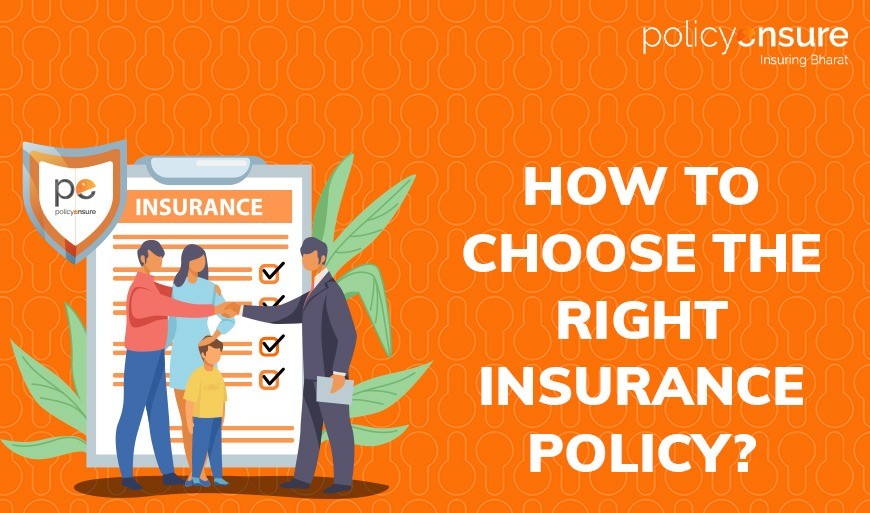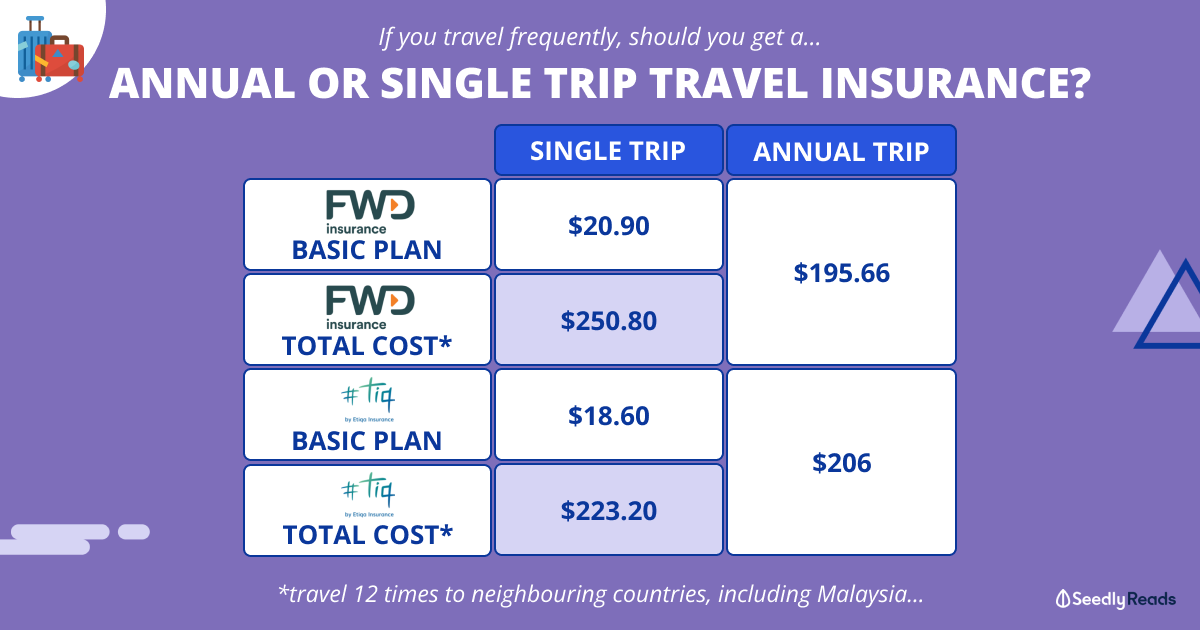Insurance scams are a persistent and costly problem that affect both consumers and providers across the globe. While insurance is designed to offer financial protection and peace of mind, fraudsters exploit its complexity and trust-based nature to deceive individuals and institutions. These scams range from subtle misrepresentations to elaborate criminal schemes, and the consequences can be severe—higher premiums, denied claims, and even legal trouble for unsuspecting victims. Understanding how these scams operate and learning how to recognize red flags is essential for anyone who wants to safeguard their financial interests and maintain the integrity of their coverage.
One of the most common forms of insurance fraud involves staged accidents, particularly in auto insurance. In these cases, scammers deliberately cause collisions or fabricate damage to file inflated claims. For example, a driver might slam on the brakes unexpectedly, causing a rear-end collision, and then claim extensive injuries or vehicle damage. These incidents are often orchestrated with multiple participants, including fake witnesses or dishonest medical providers who exaggerate injuries. Victims may find themselves blamed for the accident and facing increased premiums or legal disputes. To avoid falling into this trap, it’s important to remain vigilant on the road, document accidents thoroughly, and report any suspicious behavior to your insurer immediately.
Another prevalent scam targets health insurance, where fraudsters pose as legitimate providers or brokers offering discounted plans. These schemes often surface online or through unsolicited phone calls, promising comprehensive coverage at unusually low rates. Once payment is made, the policy either doesn’t exist or offers minimal protection, leaving the buyer exposed to significant medical costs. In some cases, scammers use stolen identities to bill insurers for services never rendered, draining resources and complicating legitimate claims. Consumers can protect themselves by verifying the credentials of any insurance agent or company, checking for licensing through official regulatory bodies, and being wary of high-pressure sales tactics or vague policy details.
Life insurance scams also pose a serious threat, particularly to older adults or those unfamiliar with financial products. Fraudsters may convince individuals to purchase unnecessary policies, switch existing coverage under false pretenses, or invest in fake insurance-linked securities. These scams often rely on emotional manipulation, promising financial security or legacy planning while concealing hidden fees or misleading terms. Victims may end up paying premiums for years without realizing the policy offers little value or is entirely fraudulent. To avoid such pitfalls, it’s crucial to consult with trusted financial advisors, read policy documents carefully, and avoid making decisions based solely on unsolicited advice or promotional materials.
Homeowners insurance is another area where scams can occur, especially after natural disasters or emergencies. Fraudulent contractors may approach homeowners with offers to repair damage quickly, requesting upfront payment or insurance information. Once paid, they disappear or perform substandard work, leaving the homeowner with unresolved issues and depleted funds. In some cases, these contractors inflate repair costs or submit false claims to the insurer, which can lead to disputes or policy cancellations. Protecting yourself involves working only with licensed and insured professionals, getting multiple estimates, and coordinating repairs through your insurance company whenever possible.
Even within legitimate insurance transactions, misrepresentation can lead to costly consequences. Some individuals, either knowingly or unknowingly, provide false information on applications to lower premiums or qualify for coverage. This might include underreporting mileage on auto insurance, omitting pre-existing conditions on health applications, or misclassifying property use. While these actions may seem harmless, they can result in denied claims, policy cancellations, or even legal action if discovered. Insurers rely on accurate information to assess risk and determine pricing, and any discrepancies can undermine the validity of the contract. The best defense is honesty and transparency throughout the application process, coupled with a clear understanding of what the policy covers and excludes.
Technology has added a new layer of complexity to insurance scams, with cybercriminals targeting consumers through phishing emails, fake websites, and data breaches. These scams often involve impersonating insurance companies or agents to collect personal information, which is then used for identity theft or fraudulent claims. For example, a scammer might send an email that appears to be from your insurer, requesting login credentials or payment details. Once obtained, they can access your account, change policy information, or file claims in your name. Staying safe requires a cautious approach to digital communication, including verifying email addresses, avoiding clicking on suspicious links, and using secure portals for transactions.
Education and awareness are powerful tools in combating insurance fraud. By staying informed about common scams and understanding how insurance works, consumers can make better decisions and recognize when something doesn’t add up. Insurers also play a role by investing in fraud detection technologies, training staff to identify suspicious claims, and collaborating with law enforcement to prosecute offenders. However, the first line of defense is always the individual. Whether you’re purchasing a new policy, filing a claim, or interacting with a provider, taking the time to verify information, ask questions, and trust your instincts can prevent costly mistakes.
In the business world, where insurance is often tied to assets, operations, and employee benefits, the stakes are even higher. A fraudulent claim or compromised policy can disrupt operations, damage reputations, and lead to financial losses. Companies must implement internal controls, educate staff on fraud prevention, and maintain strong relationships with reputable insurers. Regular audits, clear documentation, and prompt reporting of irregularities help create a culture of accountability and reduce vulnerability to scams.
Ultimately, insurance fraud thrives on confusion, urgency, and misplaced trust. By approaching insurance with a clear mind and a healthy dose of skepticism, individuals and businesses can protect themselves from the financial and emotional toll of scams. Insurance is meant to provide security, not uncertainty, and with the right knowledge and vigilance, it can fulfill that promise without compromise.





